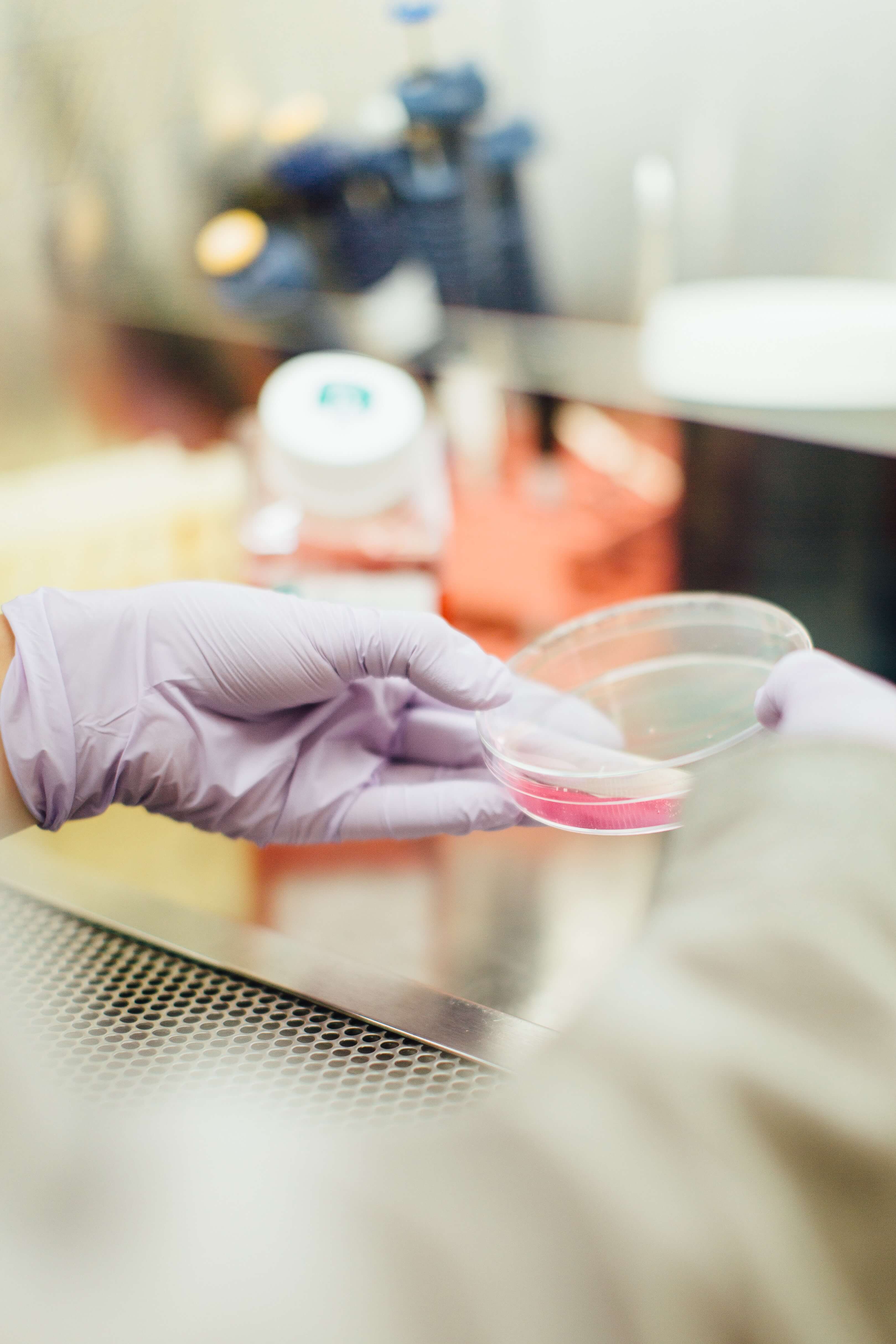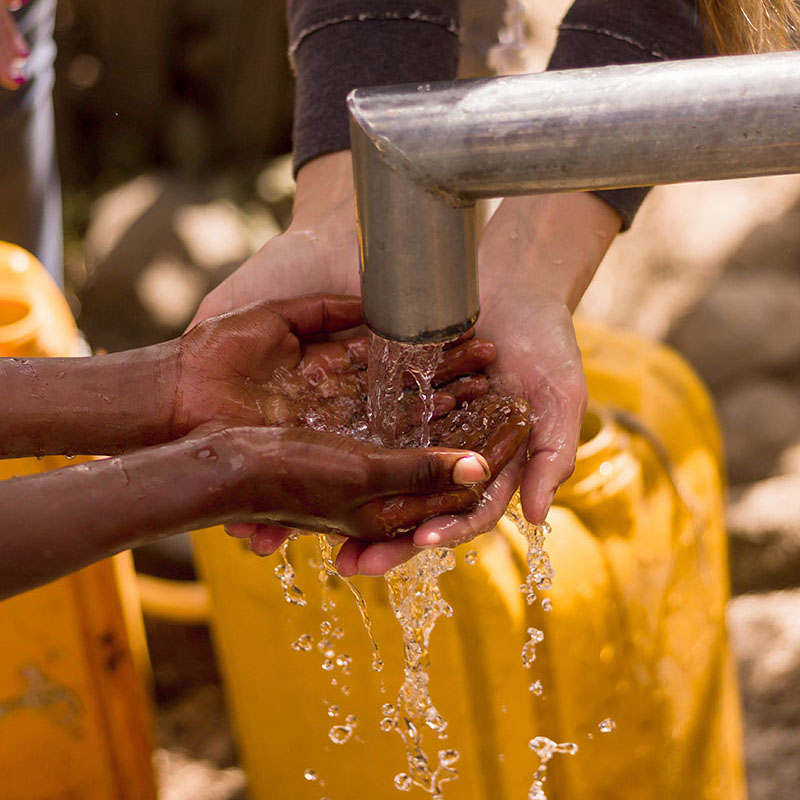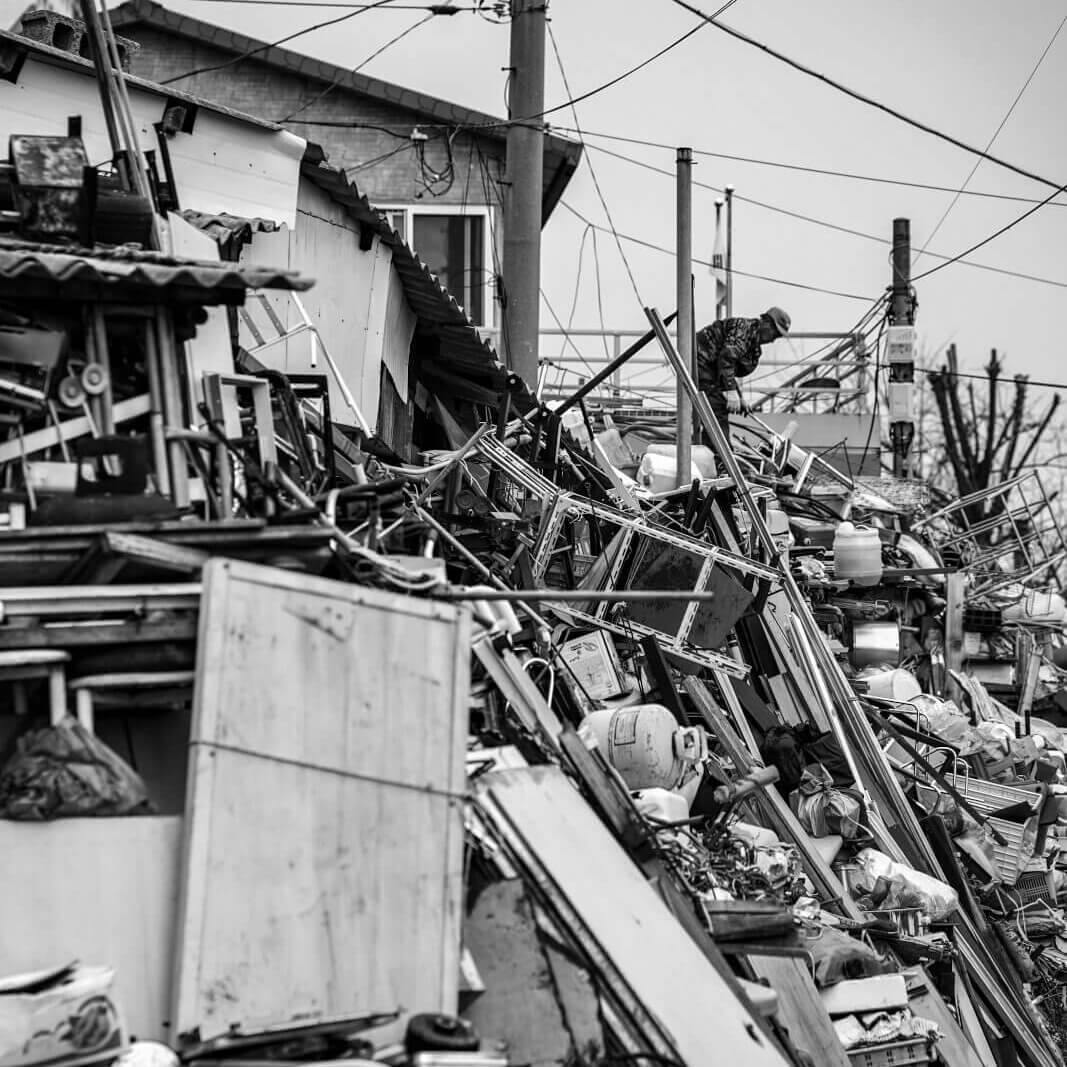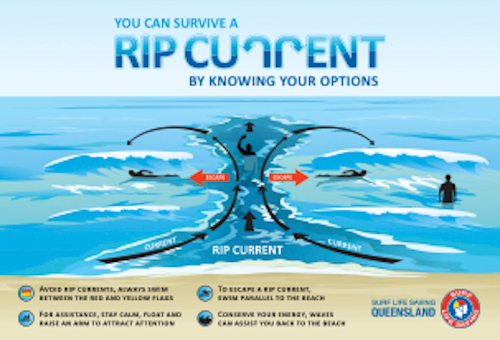
Not Bali Belly Again!
Well, there are many stages to food-related illness or “food poisoning”, as most of us call it. It can come on immediately or there can be a delayed onset.
The famous Bali-Belly is well known and felt by many. Tourists that flock to the island just don’t have the stomachs that locals or even some well-worn expats do. The bacterias and viruses are here and they are effecting many. Unfortunately, Many food handlers and businesses on the island just have not been educated had the education on the topic. I guess have they really needed to?… until now!

After being victim to, seeing and hearing the devastating effects of people getting ill, knowing of a case where a mother and daughter were fatally injured and businesses closing due to negative social media posts, it's definitely time for businesses in Bali to pick up their game regarding food safety. Social media is instant and reaches many…
In support of businesses, many customers probably don’t manage the “known” risk of food poisoning with using some basic personal hygiene methods like washing and sanitising hands before eating. Usually the last place they eat is to blame! However, a specific bacteria or virus could have been digested well before hand. Our mission is to help people, both businesses and customers to avoid the impacts of a food-borne illness.

Chemical, biological and/or physical agents are the 3 food hazards that cause food to be unfit for human consumption. Food that is incorrectly handled or stored is potentially fatal.
In rare cases, just handling contaminated food can pass on illnesses. The symptoms are usually nausea, vomiting, fevers and chills, stomach cramps, diarrhoea, gastroenteritis, and dehydration. In the most severe cases double vision; paralysis to the vocal cords, digestive system, heart and lungs leading to death.
Parasitical, bacterial or viral agents that have affected foods can trigger reactions in the body a few hours after digestion, pending the type of contaminant, even a few weeks.
This makes you think where specifically you came in contact with the contaminated food source? But we are usually quick to judge the last place we ate at!! More on that in another post…
To name a few, here is a quick list of potential contaminants, the onset time & symptoms, and the caused by’s:
Traveller Tips : Not Bali Belli Again!
Contaminent
Campylobacter
Onset & Sympton
2 - 5 days Symptoms such as watery (and sometimes bloody) diarrhoea, cramps, and fever.
Mechanism - Caused by
When ingesting raw or undercooked chicken, or drinks unpasteurised milk or contaminated water.
Contaminent
Salmonella (there are many types)
Onset & Sympton
16 - 48 hours Symptoms caused by salmonella poisoning start sixteen to forty eight hours after eating, and may last two to seven days.
Mechanism - Caused by
Most commonly contaminated foods are raw meat (including chicken), raw or undercooked eggs, and unpasteurised milk. Salmonella are killed when the food is cooked thoroughly
Contaminent
E. Coli Escherichia coli
Onset & Sympton
1 -8 days Symptoms of an infection include diarrhoea (range from mild to severe), abdominal pain, and in some cases of nausea and vomiting.
Mechanism - Caused by
Undercooked ground beef is a common source of E. coli, although raw produce and contaminated water have caused some outbreaks
Contaminent
Staphylococcus Aureus (Staph)
Onset & Sympton
1- 6 hours The symptoms begin one to six hours after eating the contaminated food, and the discomfort usually lasts about one day
Mechanism - Caused by
Transferred when foods are handled by an infected person. When food is left at lower than the temperature needed to keep food hot. bacteria multiply and produce a poison, cooking does not destroy.
Contaminent
Clostridium Perfringens (C. perfringens)
Onset & Sympton
8 - 24 hours The symptoms of this type of poisoning start eight to twenty-four hours after eating, and can last from one to several days.
Mechanism - Caused by
Found in soil, sewage, and the intestines of humans and animals. Transferred by the food handler to the food itself. The foods most often involved are cooked beef, poultry, gravy, fish, casseroles, stews, and bean burritos

OK, Problem - Solution
- For the Bali Business you are wise to introduce food safety best practices into your business. This not only protects your valued customer and their families, but also manages your product, protects and educates the staff and their income, and their families too!
Yes the EatSafe Program is for you…. 🙂 - Travellers, consumers and eaters, hey your in Asia! There are some nasty bugs that can affect you that don’t affect the locals. They have been storing and preparing food like this for centuries and have cast iron stomachs. So choose where to eat wisely.A very important tip is to wash and sanitise your hands before eating because the door handles, the bike grips, the dude you shook hands with down that gang, and much more make your hands the host for the nasty little bacterias that would love to multiply in your stomach…
Look out for our “Travellers EatSafe Guide” on our website to search for EatSafe locations, and our soon to be launched downloadable app. We have just launched and building our client list, so watch this space!! Contact us if you have identified where we can help a business get onboard..
Some excellent information from some passionate people on the topic, check it out for further reading and Safe Travels…

Educating everyone in Bali about basic food safety and hygiene practices goes along way in ensuring that a food illness doesn't impact a business, customer or holiday


